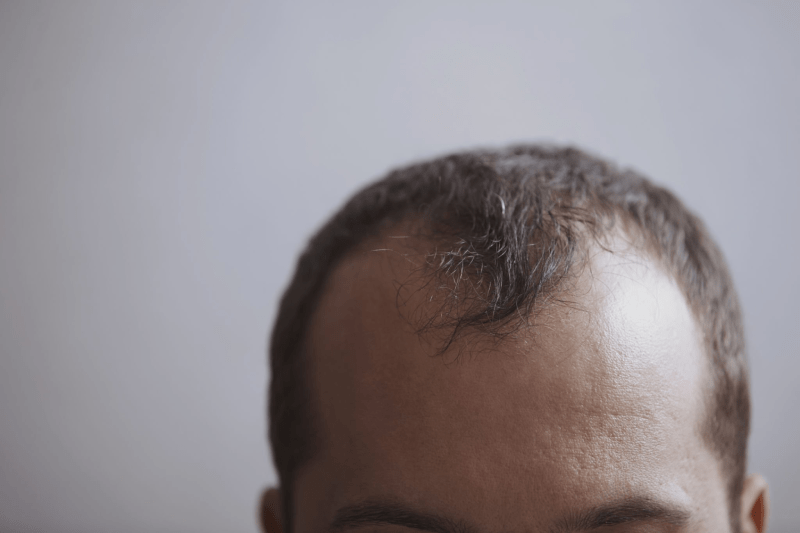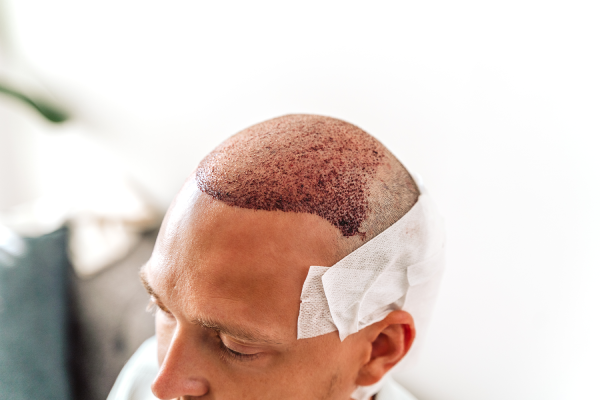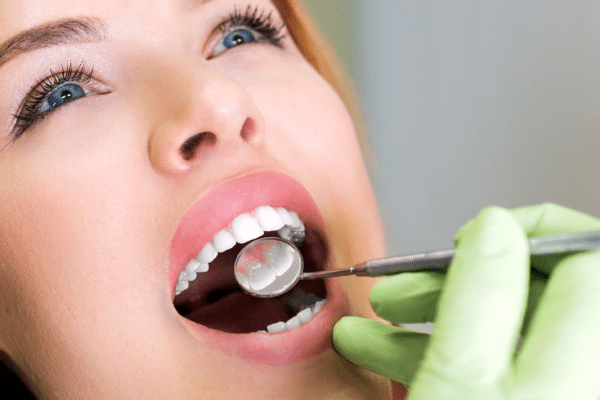Hair Transplant Montenegro – Best Hair Transplant Guide

Hair Transplantation in Montenegro
Hair transplant procedures are becoming increasingly popular worldwide, and Montenegro is no exception. Montenegro offers cutting-edge facilities, trained professionals, and competitive prices that have attracted a significant number of individuals seeking hair transplant solutions.
The process typically involves extracting hair follicles from denser areas of the scalp and transplanting them into areas with thinning or no hair. Hair transplantation in Montenegro employs the latest techniques, ensuring minimal scarring and natural-looking results.
The Superiority of Hair Transplants in Turkey
While Montenegro has established itself in the realm of hair transplantation, Turkey, particularly in cities like Istanbul, has been recognized as a global leader in the field. The following factors set Turkey apart:
- Experience and Expertise: Turkey boasts numerous clinics that have been in the hair transplant industry for decades, providing a wealth of experience.
- Affordability: High-quality procedures in Turkey often come at a fraction of the cost compared to other countries.
- Innovative Techniques: Turkish clinics are often at the forefront of adopting the latest technologies and methodologies in hair transplantation, such as FUE (Follicular Unit Extraction) and DHI (Direct Hair Implantation).
- Comprehensive Care: Many clinics in Turkey offer all-inclusive packages, encompassing not just the procedure, but also post-operative care, accommodation, and even city tours.
Why Choose Us for Your Hair Transplant Journey?
Our clinic bridges the gap between Montenegro and Turkey’s exceptional hair transplant services. When you choose us:
- You benefit from the expertise of professionals trained in both Montenegro and Turkey, bringing together the best of both worlds.
- We provide a seamless, hassle-free experience, managing every aspect of your journey, from consultation to post-operative care.
- Our commitment to quality and patient satisfaction is unparalleled, as evidenced by countless successful procedures and testimonials.
Get in Touch Today
Your journey to restore confidence and achieve natural-looking, dense hair starts with a single step. Contact us today to discuss your needs, get answers to your queries, and schedule a consultation. Trust in our expertise and let us guide you through a transformative hair transplant experience.
Top 20 FAQs for Hair Transplantation
1. What is a hair transplant?
A hair transplant is a surgical procedure that involves removing hair follicles from one part of the body, typically the back or sides of the scalp, and transplanting them to areas with thinning or no hair.
2. Who is an ideal candidate for hair transplantation?
Individuals with stabilized hair loss, adequate donor hair, and realistic expectations are typically ideal candidates.
3. What are the primary techniques used in hair transplantation?
The most common techniques are Follicular Unit Transplantation (FUT) and Follicular Unit Extraction (FUE).
4. How does FUT differ from FUE?
FUT involves removing a strip of scalp, from which individual follicular units are extracted. FUE involves direct extraction of individual follicular units without a linear incision.
5. Will the transplanted hair look natural?
Yes, when performed by experienced professionals, the result often mimics natural hair growth patterns.
6. How long does the procedure take?
Depending on the number of grafts, it can take anywhere from 4 to 8 hours.
7. Is the procedure painful?
The scalp is anesthetized, so the procedure itself is generally painless. Mild discomfort might be experienced during recovery.
8. What is the recovery time?
Most patients can return to non-strenuous activities within a few days, although full recovery may take a couple of weeks.
9. How soon will I see results?
Transplanted hair typically sheds within a few weeks, with new growth starting around 3-4 months post-procedure. Optimal results are generally visible after 8-12 months.
10. Are hair transplant results permanent?
The transplanted hairs are typically resistant to the hormone that causes hair loss, making them permanent. However, it’s crucial to note that non-transplanted hair might continue to thin over time.
11. Can hair transplants be combined with other treatments?
Yes, treatments like minoxidil or finasteride might be recommended to enhance and maintain results.
12. Are there risks or side effects?
As with any surgical procedure, risks include infection, scarring, and unnatural-looking results. However, these risks are minimal when the procedure is performed by experienced professionals.
13. How much does a hair transplant cost?
The cost varies based on the technique, the number of grafts, and the clinic’s location. It’s essential to prioritize quality over cost.
14. Can women undergo hair transplantation?
Yes, women can be candidates, especially those with specific patterns of hair loss.
15. Can body hair be used for transplantation?
In specific cases, hair from areas like the beard or chest can be used, especially when scalp donor hair is insufficient.
16. Will there be visible scars?
FUE generally leaves tiny, dot-like scars, while FUT might leave a linear scar. Both can typically be concealed with hair growth.
17. How many sessions will I need?
This depends on the desired density and the amount of available donor hair. Some individuals might need more than one session.
18. How do I choose the right clinic or surgeon?
Research the clinic’s reputation, review before-and-after photos, and consult with previous patients if possible.
19. Can I color or style my transplanted hair?
Yes, once the transplanted hair grows, it can be treated like natural hair.
20. What if I’m not satisfied with the results?
Discuss concerns with your surgeon. In some cases, touch-up procedures might be recommended.







